
How to Prevent and Control Squash Bugs
By Kaw Valley Greenhouses, Inc.
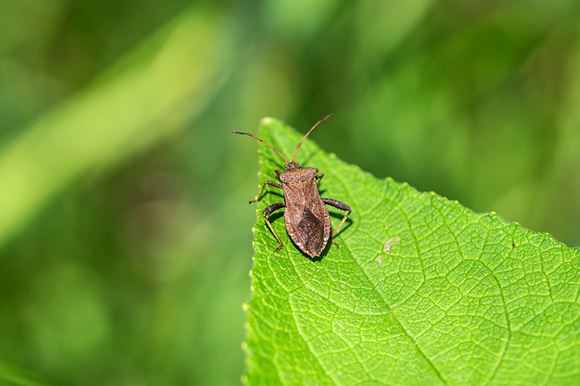
If you’ve ever grown squash, you may have encountered squash bugs. These pests, found all over the country, are known to ravage squash, pumpkins, and other cucurbits like melons and cucumbers, often turning these prized vegetables of the garden into a heap of wilted leaves. While they’re a difficult pest to manage, fortunately, there are ways to prevent and ultimately squash the problem!
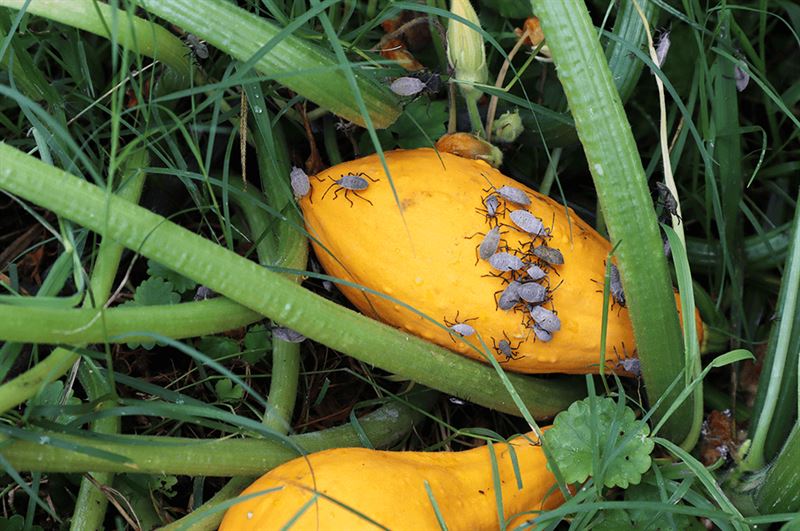 How to Identify Squash Bugs
How to Identify Squash Bugs
You’ll find squash bugs at three phases of their lifecycle: eggs, nymphs, and adults. The eggs are brown and appear in clusters beneath the leaves or sometimes on top. In 5-10 days, they hatch into small nymphs that have gray backs and black legs. After 4-6 weeks, the nymphs mature into adults that are about a half-inch in size with flat backs and gray or brown bodies. Only adults can fly but mostly walk and gather beneath leaves or on stems.
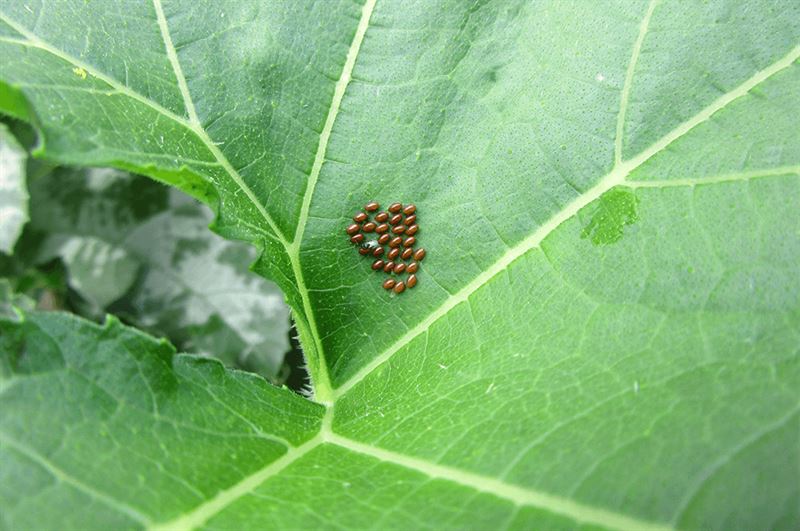 Signs of Squash Bug Damage
Signs of Squash Bug Damage
Unless you look on the underside of leaves, you will not typically see them. But soon enough, you’ll see the telltale signs of their damage. At first, the leaves show yellow and brown spots as these insects suck out the plant sap. Eventually the leaves will turn brown. As the bugs cut off nutrients to the leaves, whole leaves become crisp, brown, and brittle. The bugs can easily kill a young squash plant and will feed on young fruit, too.
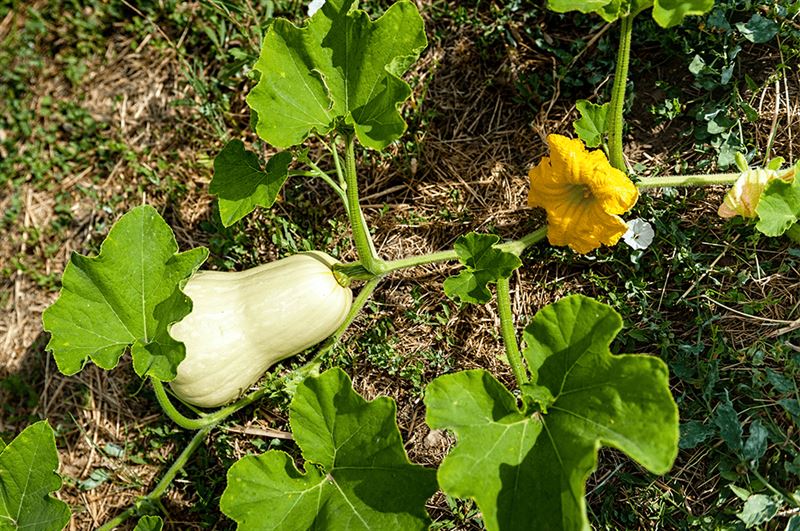
How to Squash an Infestation
Catching them at the early stages of their infestation is key to squashing these pests. As soon as you find them, remove them in the following ways:
Killing Squash Bugs with Dish Soap
If you notice any bugs, you can pick them off the plant and put them into a dish of soapy water. You can also scrape the eggs off the leaves with a butterknife or your fingernail and discard them in the dish soap solution. Keep checking and destroying eggs and bugs on a daily basis until you’re confident you’ve squashed the problem. You can also use packing tape to remove eggs and small nymphs from the undersides of leaves and stems.
Attract Them to A Wooden Board
Put a wooden board in your garden overnight beside the squash plants. The bugs will gather during the dark hours. In the early morning, flip it over and squash them with another hard surface. Repeat the method as many times as necessary, and keep hand-picking eggs and bugs off the leaves.
Insecticides
Insecticides may be used, but they are most effective when they come into contact with the insects so it is important to spray all of the places squash bugs hide on the plant including the undersides of leaves and the base of the stem. Because of these hard-to-reach areas, it can be tricky to use insecticides on squash bugs; they work best on eggs and nymphs so it is good to catch the issue early. Horticultural oil and neem oil are both proven to be effective choices. Make sure you find one that says it will work on squash bugs and is approved for food crops and follow the instructions on the label.
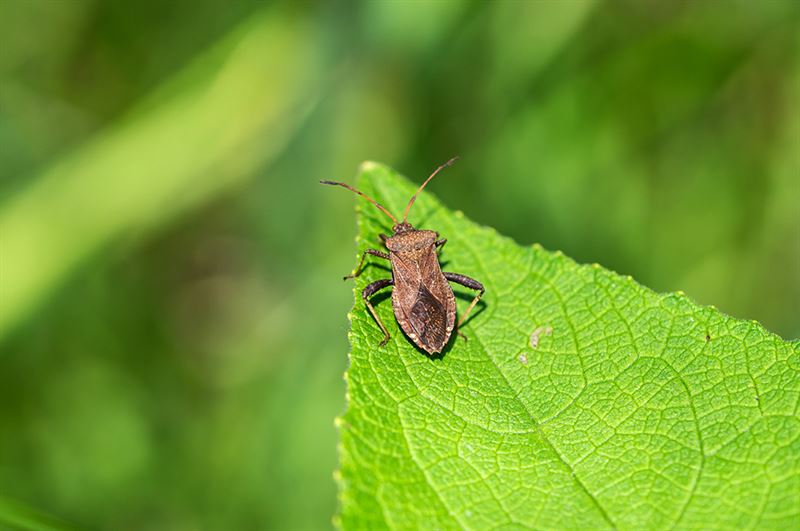
How to Prevent a Squash Bug Infestation
If you had a squash bug problem last year or plan to grow a lot of squash this year, there are many things you can do to prevent them from arriving.
Remove Old Vines: squash bugs overwinter on dead squash plants and other debris. Be sure to remove last year’s vines from your garden, and avoid composting infected vines.
Avoid Straw or Hay Mulch: Although straw mulch is a wonderful resource in the veggie garden, squash bugs benefit from the shelter it provides, making them hard to get to. Stick with bark mulch, wood chips or consider a plastic mulch around your squash instead.
Cover Plants Until Pollination: since squash bugs only go through one generation each year, you can interrupt their lifecycle by covering your plants in the spring. A mesh insect net or row cover will work. Uncover the plants when they start to flower to allow for pollination.
Rotate Your Crops: crop rotation is a good way to manage pests of all kinds. Rather than growing the same crops in the same spot each year, rotation gives your plants access to fresh nutrients and gets them away from last year’s pests that may be lingering nearby.
Companion Planting: certain plants can help deter squash bugs, including catnip, mint, bee balm, nasturtiums, marigolds, and radishes. Planting these around your squash can keep squash bugs away.
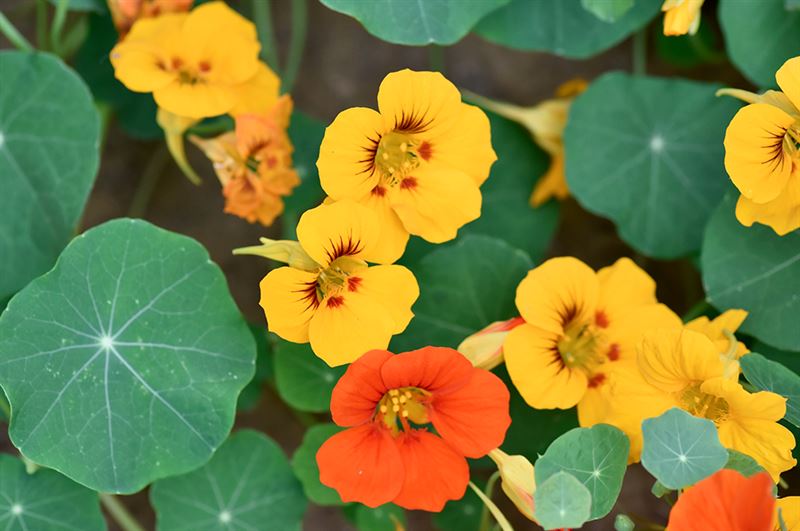 Grow Resistant Varieties: certain varieties like Butternut have more resistance to these pests. If you’ve had big bug problems in the past, you may choose to grow these tougher squash plants.
Grow Resistant Varieties: certain varieties like Butternut have more resistance to these pests. If you’ve had big bug problems in the past, you may choose to grow these tougher squash plants.
All of these preventative measures will give your squash a leg up and make your whole vegetable garden healthier in the process. If you do spot eggs or bugs, hand-picking remains the most important part of your defense.
Whether you’re trying to save a plant or prevent an infestation, keeping a watchful eye for squash bugs is the most important practice, especially in the early part of the season.

